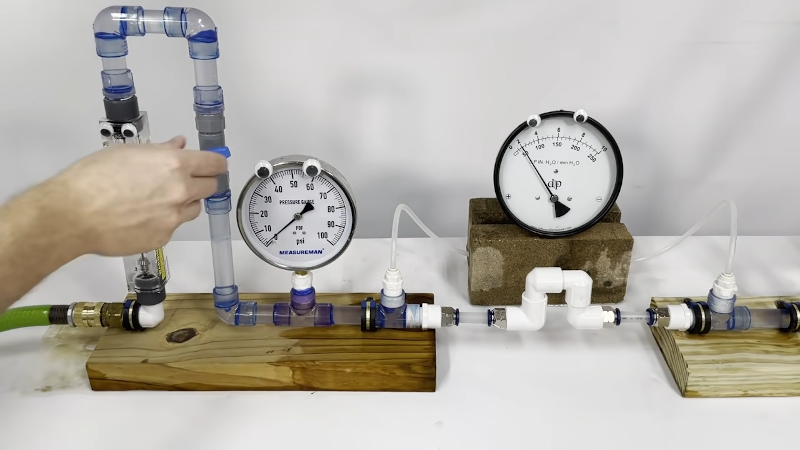Hydraulics Made Simple

Corralling electrons is great and what most of us are pretty good at, but the best projects have some kind of interface to the real world. Often, that involves some sort of fluid such as water or air moving through pipes. If you don’t grasp hydraulics intuitively, [Practical Engineering] has a video you’ll enjoy. It explains how flow and pressure work in pipes.
Granted, not every project deals with piping, but plumbing, sprinkler systems, cooling systems, and even robotics often have elements of hydraulics. In addition, as the video points out, fluid flow in a pipe is very similar to electrical current flowing through wires.
The discussion about friction loss coves some math, but we were surprised not to hear much about the Reynolds number that measures the turbulence, although the video does cover turbulence towards the end. The C term of the Hazen-Williams equation doesn’t depend on the Reynolds number but is only valid for water at room temperature over a limited range of velocities. If you are working with other fluids or in other operating conditions, you’ll need more math, but the video still gives you some intuition that will help regardless of the fluid.
However, the real gem is the experimental test setup with clear pipes and some flow and pressure meters. We couldn’t help but notice the googly eyes on the instruments, too.
While you might need hydraulic intuition for every project, it is a good thing to know more about it. Fluid robots have certain advantages. With some work, you can even 3D print hydraulics.
Post a Comment